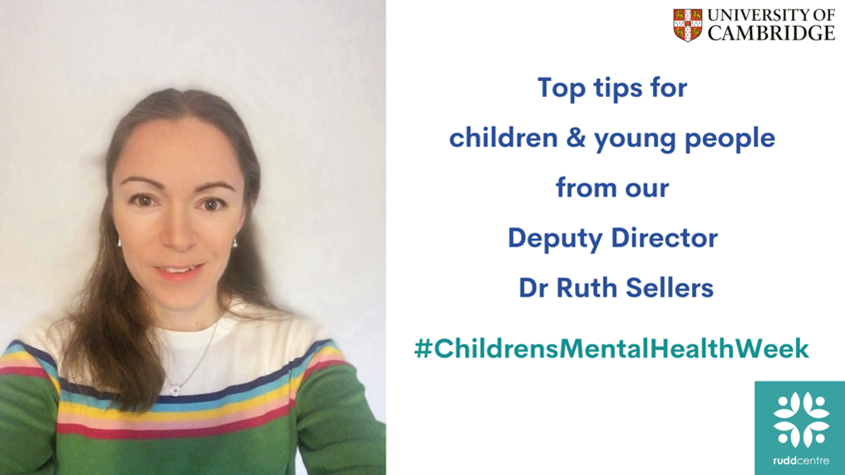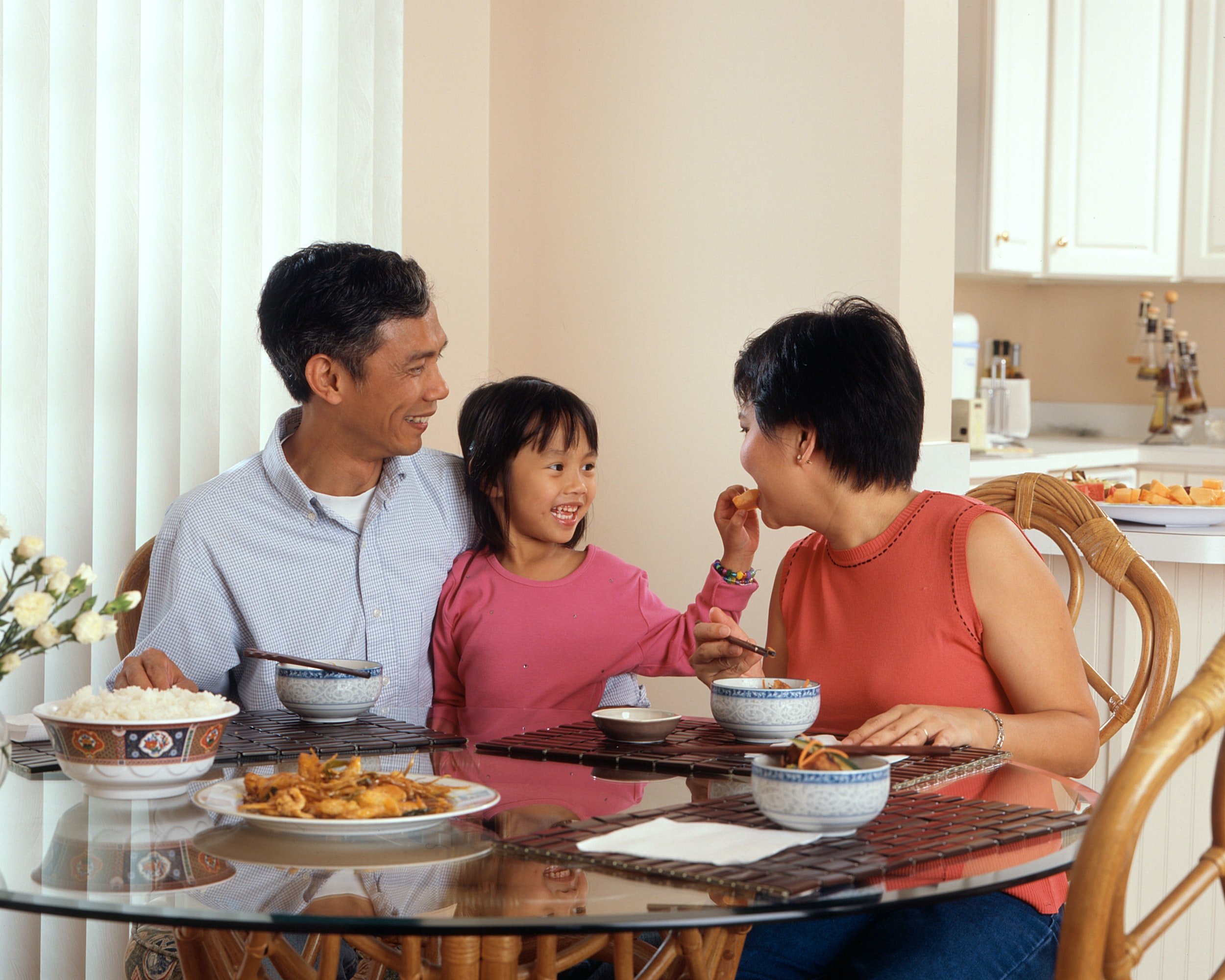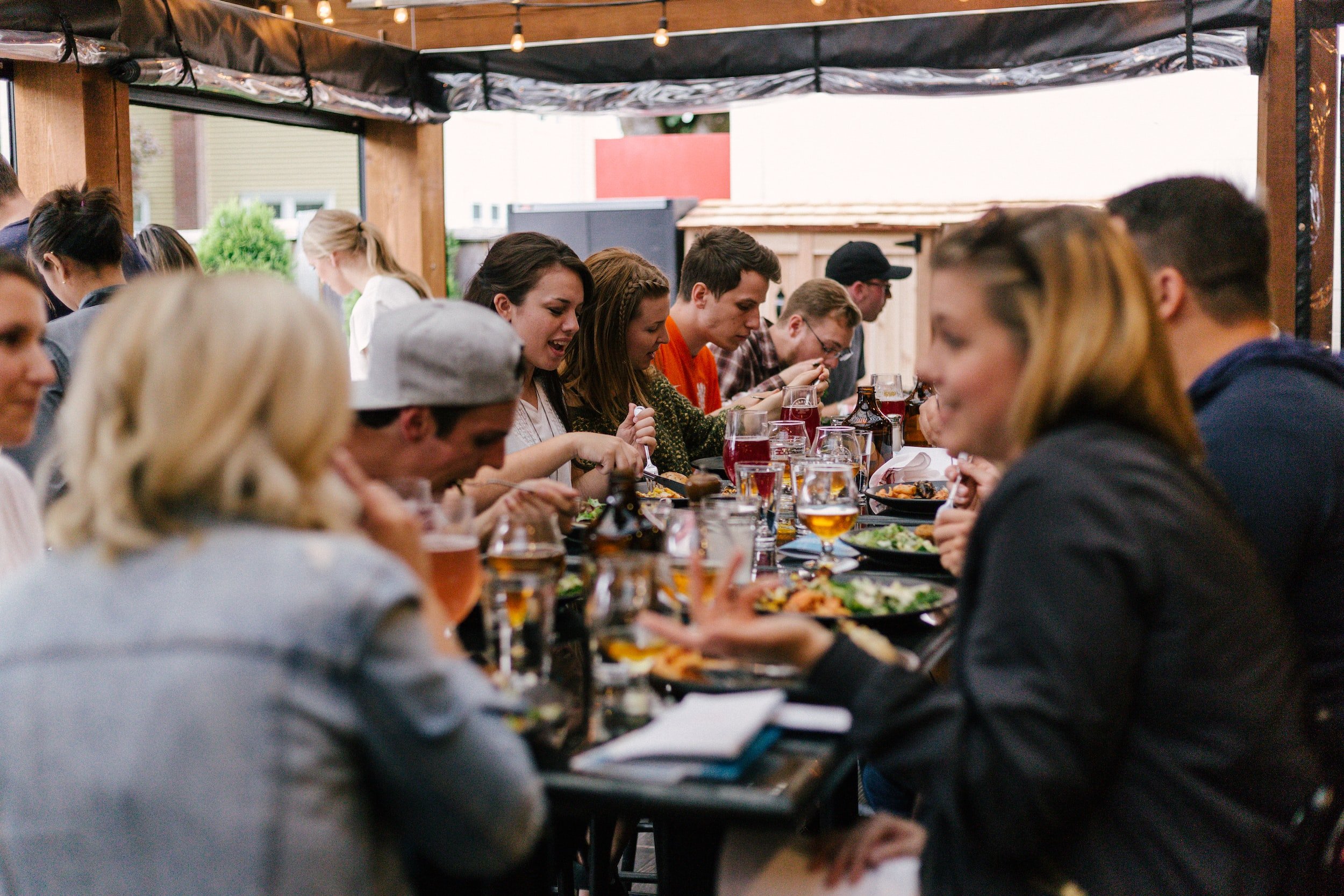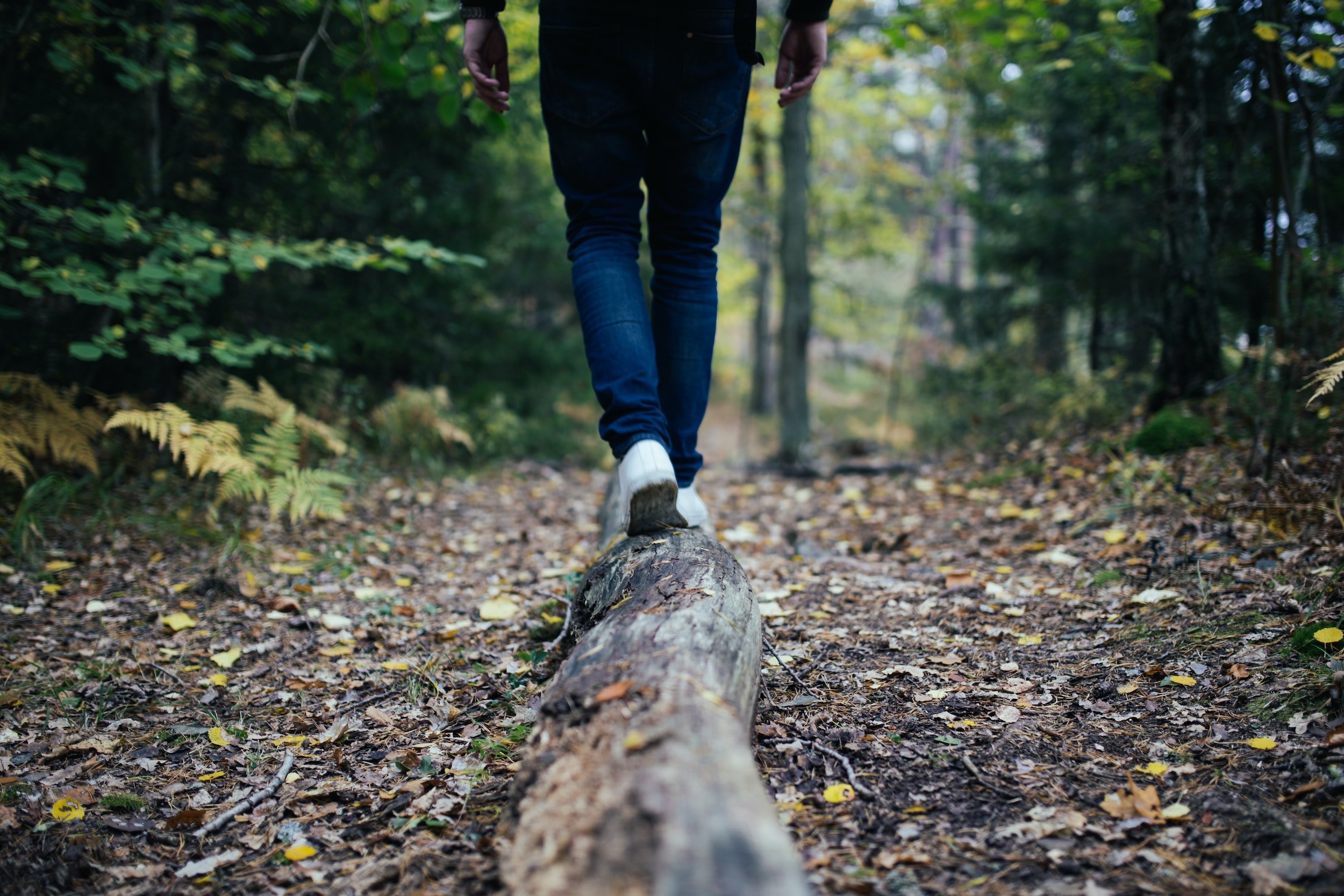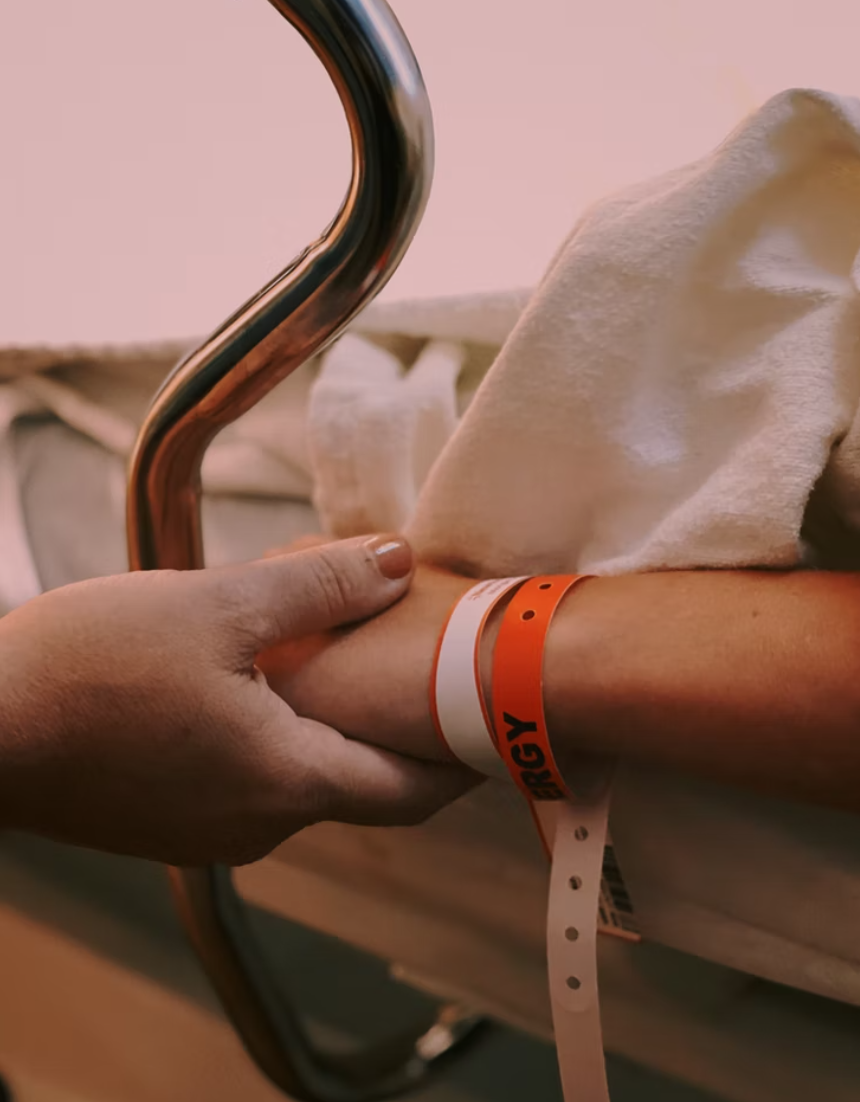Let’s Connect: A ‘how to guide’ for young people wanting to make meaningful connections: Dr Ruth Sellers
Place2Be’s Children’s Mental Health Week from 6-12 February 2023 shines a spotlight on the challenges that children and young people face today, particularly in a post pandemic world facing the cost of living crisis.
Let’s Connect is Place2Be’s theme this year and eNurture Advisory Board member and Deputy Director of the Rudd Centre (University of Cambridge), Dr Ruth Sellers, shares her essential expert tips on ways that children and young people can make meaningful connections with their families, friends, communities and with nature.
Essential tips for connecting with family and friends – in real life and online!
Good communication involves both listening and talking (and writing) and can support positive relationships with family, friends and peers, near and far. Communication can be through all sorts of ways - face-to-face (IRL), online messaging and video chat, phone calls, email, or via a handwritten letter/card.
Spend time together – connect through shared experiences such as sitting down together for dinner, listening to music, watching a film/TV, cooking, sport or other hobbies. Make sure you have an activity that is regular and easy to fit into your routine.
Trying out new things together is also a good way to engage the whole family. For example, going to a new place, or finding a recipe to make together. Parents/carers can ask children/young people to decide what family activity to do.
Check in with each other - sometimes asking ‘How was your day?’ is met with ‘fine’. Try asking ‘what was the best part/most interesting part of your day?’
It is important to acknowledge all feelings/experiences. For example, this might also help the parents/carers connect with what’s happening in their children’s school or college. The parents/carers could share some of their day too to help promote open communication.
Tips for connecting with communities
There are a number of ways we can encourage connection to communities and community activities. For example, voluntary work in the local community can help young people feel a sense of belonging and purpose. It might also promote skills development. Community connections might include extended family and friends, neighbours and people in local groups/organisations.
Helping others can help us feel connected to our communities – you could volunteer or donate your time, or unwanted items to give back to the community.
Become aware of connections, similarities and differences between people within our communities. Listen to others' ideas and respect different ways of being and doing. Practice inclusive ways of achieving coexistence. Notice and react in positive ways to similarities and differences among people.
Connect with groups and communities through shared interests/experiences via a local club or online.
Natural tips for connecting with nature
Nature can help improve our mood, improve concentration, and reduce feelings of stress. It can improve our physical health by being more active. It might also help you connect with your local community.
You could go for a walk or cycle around your local park, or go for a hike – you could go back to the same spot and see how it changes over the seasons. When out and about, allow children and young people time and space to explore and engage with nature.
If you are unable to access outdoor space, then bring nature to you. You could grow flowers, vegetables or herbs indoors. et a bird feeder and notice nature from an open window.
You could also connect to nature through stories, art, or video/audio recordings and podcasts.
Useful Resources
Mind
The Conservation Volunteers: Connecting with nature to support mental health
Local Government Association: Thriving nature for people and planet
WWF 5 ways to connect with nature to help our wellbeing
The Wildlife Trusts: Nature for wellbeing
Research Publications
Anthony, R., Young, H., Hewitt, G., Sloan, L., Moore, G., Murphy, S., & Cook, S. (2022). Young people's online communication and its association with mental well‐being: results from the 2019 student health and well‐being survey. Child and Adolescent Mental Health.
Bailey, A., & Kingsley, J. (2020). Connections in the garden: Opportunities for wellbeing. Local Environment, 25(11-12), 907-920.
Best, P., Manktelow, R., & Taylor, B. (2014). Online communication, social media and adolescent wellbeing: A systematic narrative review. Children and Youth Services Review, 41, 27-36.
Boer, D., & Abubakar, A. (2014). Music listening in families and peer groups: benefits for young people's social cohesion and emotional well-being across four cultures. Frontiers in psychology, 5, 392.
Coyl-Shepherd, D. D., & Hanlon, C. (2013). Family play and leisure activities: Correlates of parents' and children's socio-emotional well-being. International Journal of Play, 2(3), 254-272.
Disiye, M. A., & Mulambula, S. M. (2015). Adolescent emotional well-being: A comparative study of mother-and father-adolescent communication influence. American International Journal of Science, 4(6), 96-104.
Elgar, F. J., Craig, W., & Trites, S. J. (2013). Family dinners, communication, and mental health in Canadian adolescents. Journal of adolescent health, 52(4), 433-438.
Fischer, J. A., Kelly, C. M., Kitchener, B. A., & Jorm, A. F. (2013). Development of guidelines for adults on how to communicate with adolescents about mental health problems and other sensitive topics: a Delphi study. Sage Open, 3(4), 2158244013516769.
Foulkes, L., & Blakemore, S. J. (2021). Individual differences in adolescent mental health during COVID-19: The importance of peer relationship quality. Neuron, 109(20), 3203-3205.
Gray, T., Tracey, D., Truong, S., & Ward, K. (2022). Community gardens as local learning environments in social housing contexts: Participant perceptions of enhanced wellbeing and community connection. Local Environment, 27(5), 570-585.
Pieh, C., Probst, T., Budimir, S., & Humer, E. (2021). Associations between relationship quality and mental health during COVID-19 in the United Kingdom. International Journal of Environmental Research and Public Health, 18(6), 2869.
Roberts, A., Hinds, J., & Camic, P. M. (2020). Nature activities and wellbeing in children and young people: A systematic literature review. Journal of Adventure Education and Outdoor Learning, 20(4), 298-318.
Rogerson, M., Wood, C., Pretty, J., Schoenmakers, P., Bloomfield, D., & Barton, J. (2020). Regular doses of nature: The efficacy of green exercise interventions for mental wellbeing. International journal of environmental research and public health, 17(5), 1526.
Tyrväinen, L., Ojala, A., Korpela, K., Lanki, T., Tsunetsugu, Y., & Kagawa, T. (2014). The influence of urban green environments on stress relief measures: A field experiment. Journal of environmental psychology, 38, 1-9.
Vannier, C., Mulligan, H., Wilkinson, A., Elder, S., Malik, A., Morrish, D., ... & Epton, M. (2021). Strengthening community connection and personal well‐being through volunteering in New Zealand. Health & Social Care in the Community, 29(6), 1971-1979.
Wegner, M., Amatriain-Fernández, S., Kaulitzky, A., Murillo-Rodriguez, E., Machado, S., & Budde, H. (2020). Systematic review of meta-analyses: Exercise effects on depression in children and adolescents. Frontiers in psychiatry, 11, 81.

